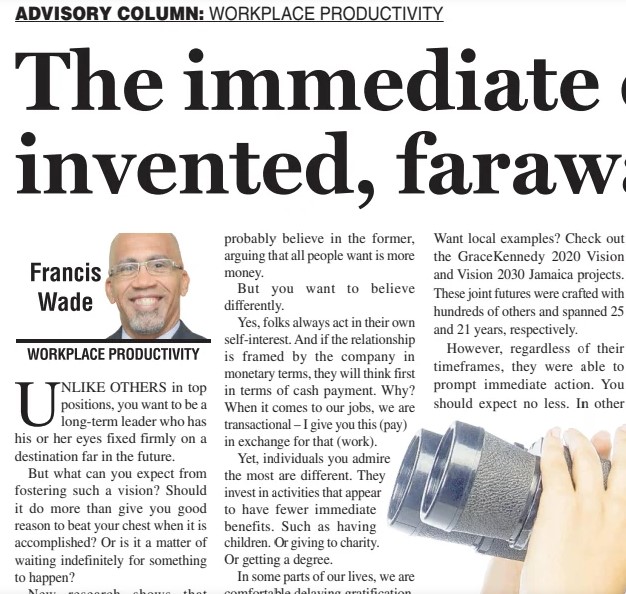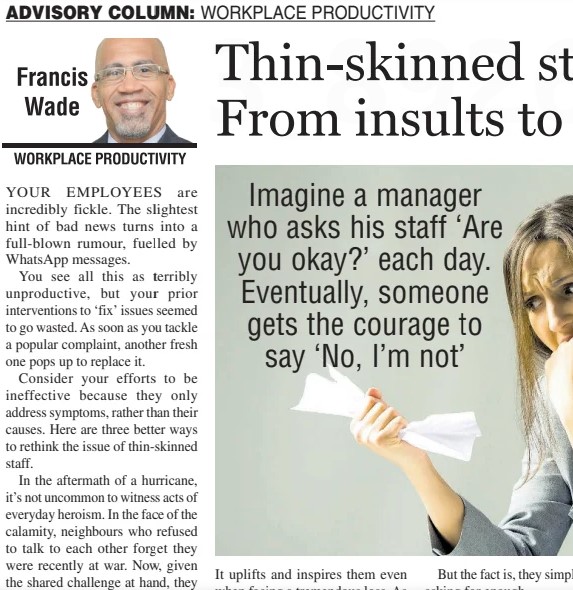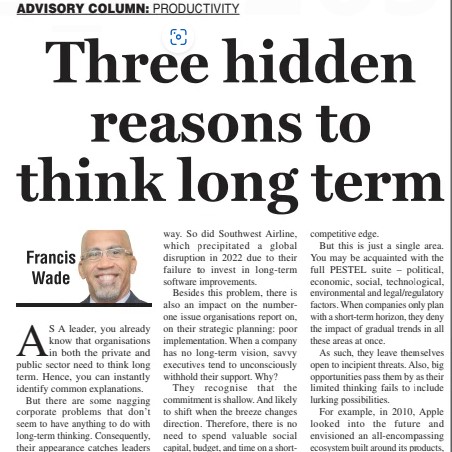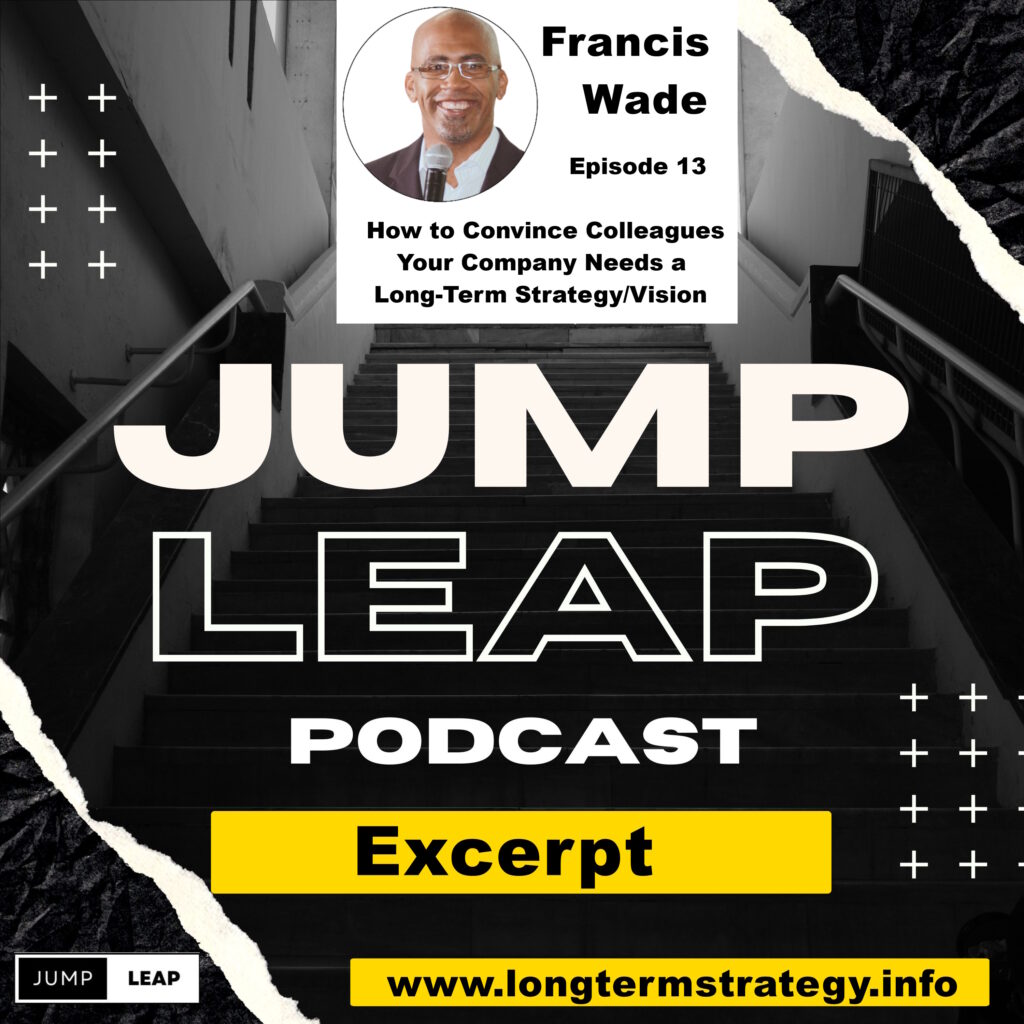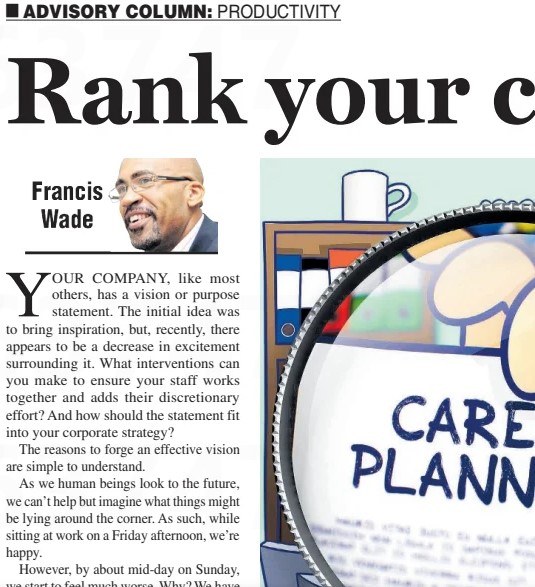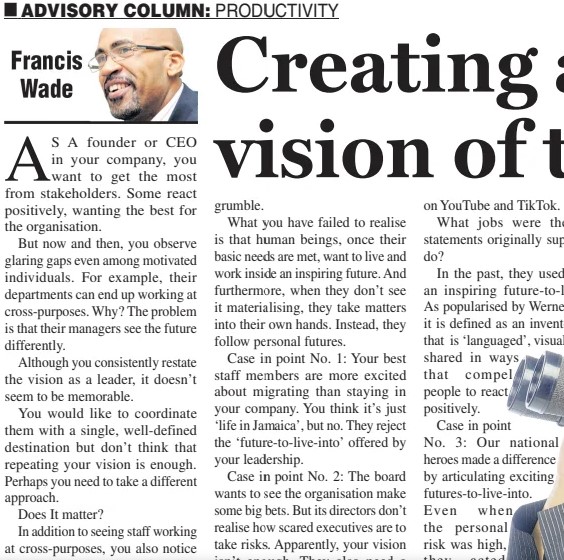In the landscape of modern leadership, the days of simply issuing instructions are long gone. Leaders now face a workforce that demands more than just directives; they want to understand the “why” behind the tasks they’re given. This shift has created a challenge for managers: how to inspire and engage employees who may be more focused on self-preservation than organizational goals.
Picture this: your worst performers seem content with minimal effort, trading their work for a paycheck with little enthusiasm. Meanwhile, your top talent, though skilled, is constantly eyeing the exit door, ready to jump ship at the first sign of trouble. It’s a delicate balance, and as a manager, you’re left wondering how to instill a sense of purpose and drive.
Enter the concept of “presencing.” At its core, presencing is about influencing what is present for employees and, on a larger scale, for the entire organization. It’s about creating an environment where the company’s vision and strategic plans are not just words on paper but actively shaping the actions and decisions of every individual.
Let’s dive deeper into how presencing can transform your workplace:
The Absent Vision Statement
Think about your organization’s vision statement. Before I asked, it probably wasn’t top of mind for you; it was “absent” in your thoughts. Now, imagine reading it aloud, perhaps to a colleague. Suddenly, it becomes a bit more present, more tangible.
But how often is this vision truly present in your day-to-day operations? In meetings, discussions, and decision-making processes? For many organizations, the vision statement remains a distant concept, rarely brought to the forefront of daily activities.
Interventions by a Leader
In the past, a leader’s speech could rally the troops, inspiring action and commitment. Think of iconic figures like Winston Churchill or Martin Luther King Jr. Their words had the power to move nations.
However, in today’s world of constant information overload, a traditional speech may fall flat. Employees are bombarded with messages from all directions, making it challenging to cut through the noise.
So, how can a leader effectively engage their team? Look to interactive and engaging practices from everyday life.
Consider the rituals of a Rotary Club meeting. The ringing of a bell, reciting pledges, and adhering to protocols all serve to create a sense of “Rotarian-ism” among members. It’s not just a routine; it’s a deliberate effort to make the organization’s values and mission come alive in every gathering.
Churches, lodges, and even sports teams have their own rituals that serve a similar purpose. These practices may seem quirky to outsiders, but they play a vital role in instilling a shared identity and purpose.
In Japanese companies, the daily “chorei” is a prime example. Employees come together for a formal greeting, recitation of the company motto, and sometimes even joint exercises. These rituals may seem simple, but they are powerful tools for creating a cohesive and aligned workforce.
Finding Your Organization’s Practices
The key takeaway is not to copy these practices verbatim but to find what works for your organization. What rituals, routines, or traditions can you introduce to make your vision and strategic plans more present in the minds of your employees?
It could be something as simple as starting meetings with a reminder of the company’s mission or ending the day with a reflection on progress toward long-term goals. The goal is to create regular touchpoints that keep the vision alive and drive alignment across the organization.
In conclusion, presencing is more than just a leadership buzzword; it’s a practical approach to making your organization’s vision a living, breathing reality. By finding ways to make your vision statement present in the day-to-day operations, you can inspire action, foster engagement, and drive your game-changing strategic plans forward.


